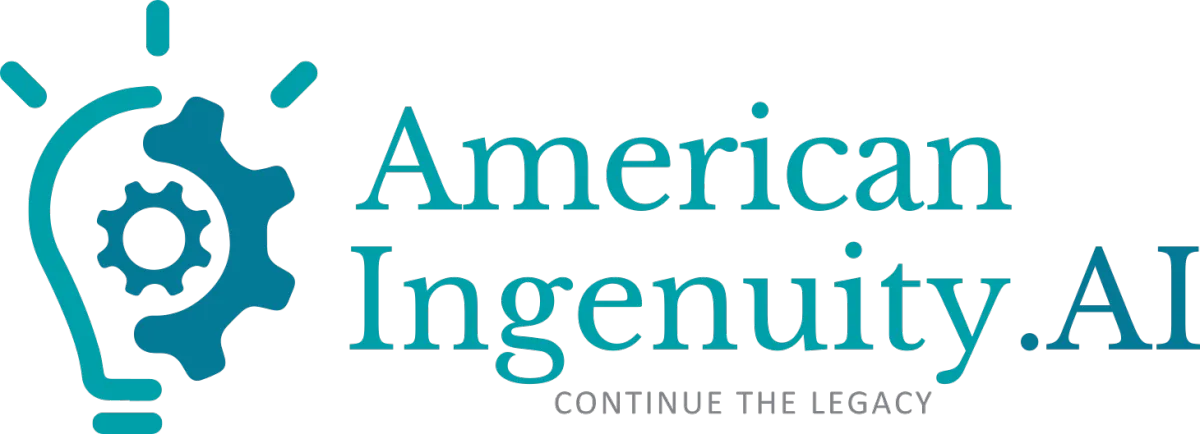Data Valuation & Proof of Concept
Data Valuation and Proof of Concept
DATA VALUATION & PROOF OF CONCEPT
Data Valuation and Proof of Concept services focus on a comprehensive approach to understanding your key issues and goals, leveraging existing data sources, developing proofs of concept with statistical analysis, and creating a detailed plan and roadmap for your successful implementation.


DATA VALUATION & PROOF OF CONCEPT
The Data Valuation and Proof of Concept services focus on a comprehensive approach to understanding your key issues and goals, leveraging existing data sources, developing proof of concepts with statistical analysis, and creating a detailed plan and roadmap for your successful implementation.
Data Valuation Phase Components
Data Prep
Preparing data is a fundamental step in the Data Valuation phase, involving the collection, cleaning, and organization of data from various sources. This ensures that the data is accurate, consistent, and ready for analysis, which is essential for deriving meaningful insights.
Data Structure Analysis
Analyzing the data structure involves examining the relationships, patterns, and characteristics within the dataset. This step helps in understanding the data's complexity and identifying any potential issues that could impact the analysis, thereby laying the groundwork for effective data modeling.
Statistical Modeling
Statistical modeling in the Data Valuation phase involves applying statistical techniques to analyze data, validate hypotheses, and uncover correlations. This rigorous examination provides a solid empirical foundation for decision-making and helps in predicting future trends and outcomes.
Risk Profile
Developing a risk profile entails identifying and assessing potential risks associated with the project. This includes technical, financial, and operational risks, allowing for the creation of mitigation strategies to minimize their impact and ensure project success.
Proof of Concept Components
Proof of Concept
A proof of concept (PoC) is a small-scale project designed to test the feasibility and potential value of a new idea or solution. It involves demonstrating that the concept can be successfully implemented and can deliver the expected benefits, thereby reducing uncertainty before full-scale development.
Implementation Plan
The implementation plan outlines the steps required to transition from the proof of concept to full-scale deployment. It includes detailed timelines, resource allocation, key milestones, and success metrics, ensuring a structured and efficient execution of the project.
Budget Estimate
Estimating the budget involves calculating the financial resources needed for the proof of concept and subsequent implementation. This includes costs related to personnel, tools, and other resources, providing a clear financial roadmap to ensure the project stays within budget and achieves its objectives.
Data Valuation Phase Components
Data Structure Analysis
Preparing data is a fundamental step in the Discovery phase, involving the collection, cleaning, and organization of data from various sources. This ensures that the data is accurate, consistent, and ready for analysis, which is essential for deriving meaningful insights.
Data Structure Analysis
Analyzing the data structure involves examining the relationships, patterns, and characteristics within the dataset. This step helps in understanding the data's complexity and identifying any potential issues that could impact the analysis, thereby laying the groundwork for effective data modeling.
Statistical Modeling
Statistical modeling in the Discovery phase involves applying statistical techniques to analyze data, validate hypotheses, and uncover correlations. This rigorous examination provides a solid empirical foundation for decision-making and helps in predicting future trends and outcomes.
Risk Profile
Developing a risk profile entails identifying and assessing potential risks associated with the project. This includes technical, financial, and operational risks, allowing for the creation of mitigation strategies to minimize their impact and ensure project success.
Proof of Concept Components
Proof of Concept
A proof of concept (PoC) is a small-scale project designed to test the feasibility and potential value of a new idea or solution. It involves demonstrating that the concept can be successfully implemented and can deliver the expected benefits, thereby reducing uncertainty before full-scale development.
Implementation Plan
The implementation plan outlines the steps required to transition from the proof of concept to full-scale deployment. It includes detailed timelines, resource allocation, key milestones, and success metrics, ensuring a structured and efficient execution of the project.
Budget Estimate
Estimating the budget involves calculating the financial resources needed for the proof of concept and subsequent implementation. This includes costs related to personnel, tools, and other resources, providing a clear financial roadmap to ensure the project stays within budget and achieves its objectives.
Let's Have A Conversation About Your Business Needs
Understand the risks and rewards so you can proceed or take pause with eyes wide open.

Continue the Legacy
We believe that America was built by people with innovative ideas that changed the world. Our goal is to continue this American legacy of innovation and excellence. We invite you to join us.
Let's Have A Conversation About Your Business Needs
Understand the risks and rewards so you can proceed or take pause with eyes wide open.
Take the first step...
In just a few minutes from now, you could be moving toward a much brighter future! AI is already changing the way business is done. Find out if your company is ready to take advantage of this incredible time in history. The AI revolution is here.
